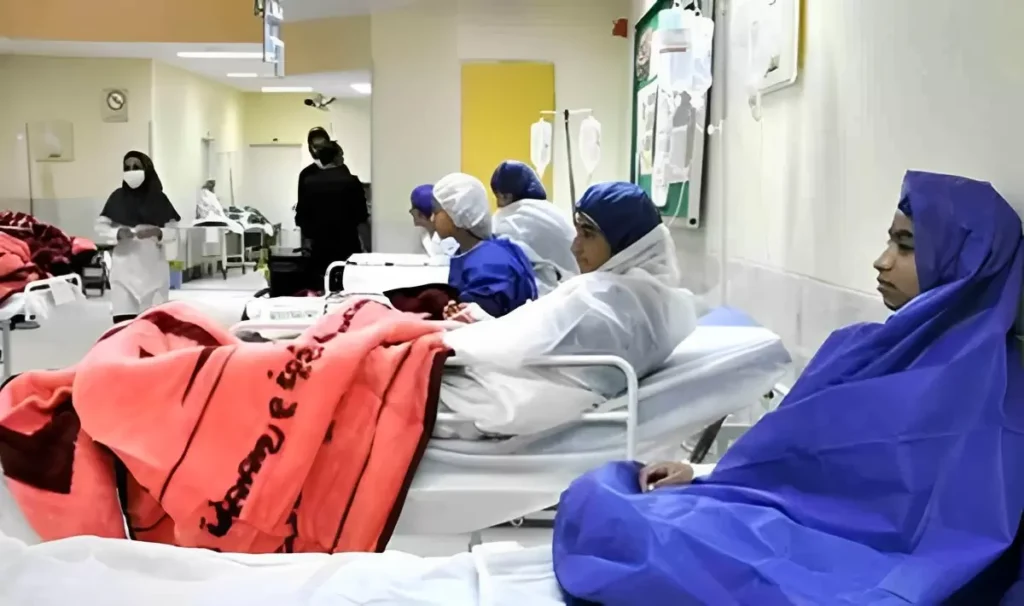MORE than 5,000 Iranian schoolchildren have been affected by a spate of poisonings that has targeted mainly female pupils since late November, according to a lawmaker investigating the cases.
The mystery poisonings have gripped Iran, triggering a wave of anger and demands for action from the authorities.
They have also sparked international concern and Western calls for an independent investigation, particularly as the first cases were reported soon after the start of nationwide protests sparked by the death of Iranian Kurd Mahsa Amini, 22, following her arrest for allegedly breaching Iran’s strict dress code for women.
Scores of schools have been hit, with pupils suffering symptoms ranging from shortness of breath to nausea and vertigo after reporting “unpleasant” odours on school premises. Some have been treated in hospital.
“Twenty-five provinces and approximately 230 schools have been affected, and more than 5,000 schoolgirls and boys poisoned,” Mohammad-Hassan Asafari, a member of the parliamentary fact-finding committee, told the ISNA news agency on Monday.
“In less than five percent of the students transferred to hospital, irritant materials were found which led to their ill-health,” the ministry said in its latest update Monday.
“Fortunately, so far, no toxic or dangerous substances have been found in any of the students transferred to medical centres.”
The latest case — reported by the ISNA news agency — involved 40 pupils, all of them female, in the restive southeastern city of Zahedan.
The White House called Monday for a “credible independent investigation” into the poisonings.
The first cases were reported in Iran’s Shiite clerical capital of Qom in late November, a month after the Amini protests that later spread to universities and schools.
On Tuesday, Tehran prosecutor Ali Salehi warned “those who spread lies and rumours” about the poisonings that “they will be dealt with decisively and legally,” the judiciary’s Mizan Online website reported.


